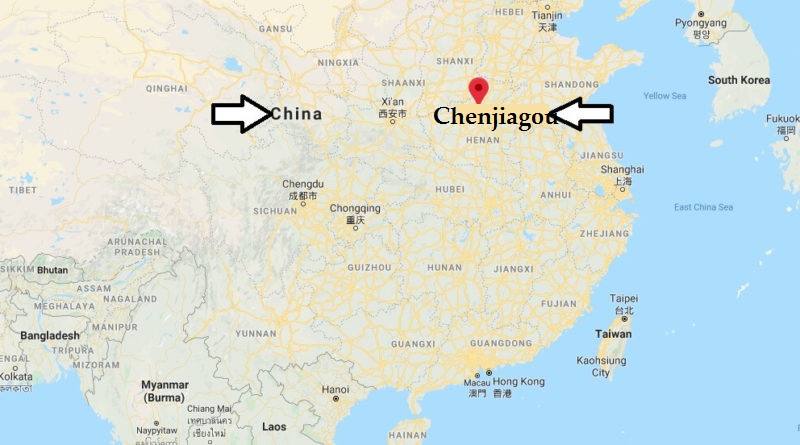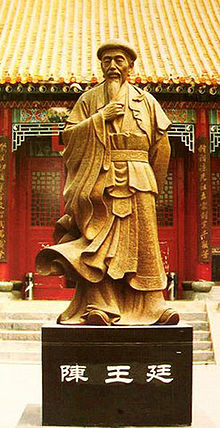
Martial Arts - Those already knowledgeable about martial arts in general and Chinese martial arts in particular can skip to material about the curriculum featuring the venerable art of Tai Chi Chuan (= "supreme energy fist") by clicking here.
Formal martial arts training has existed in various cultures and in various forms for millenia. Among the current nations with long-standing traditions are Indonesia, Malaysia, the Philippines, Japan, Korea, India and China. In China today there are hundreds, if not thousands, of martial arts. Historically, there has been a fair amount of borrowing, and many Chinese martial artists study more than one art. A somewhat useful distinction is whether early training in an art emphasizes physical conditioning - this would be typical of Hung Gar or arts associated with the legendary Shaolin Temple. In contrast, the so-called 'internal arts' such as Tai Chi Chuan, Xing Yi Chuan, Bagua Zhang and Ba Ji Chuan tend to build from the inside out. Arts from the Omei Mountain area can be said to use an intermediate approach.
In the case of Tai Chi Chuan a significant division then separates the objectives between what might be called sacred (typically taught in monasteries for religious purposes) and secular (everywhere else). It seems likely that Chen Family style is the oldest Tai Chi Chuan style. It is documented in books written by Chen Wang Ting (~1580 to ~1660) at the village of Chenjiagou in Henan Province after his retirement from the military life.

 A
commemorative statue of Chen Wangting in Chenjiagou
A
commemorative statue of Chen Wangting in Chenjiagou
It was unusual for a highly-ranked officer from the losing side of a dynastic change to survive very long.
The major styles that acknowledge Chen Family style as a parent usually take their names from surnames of the founder: today we have Sun, Yang, Wu, Wu Hao and Zhaobao as popular styles of secular Tai Chi Chuan. Depending on how one counts, there are ten or twelve minor styles as well.
| Next Page | Prior Page |
| Home | Presentations |